
This week Chris talked a little bit further on the topic of Power Distribution Units (PDU) in the AC WORKS® Wisdom video, which I have shared here.
People can use PDUs for all sorts of different things. We can use a couple of different AC WORKS® brand adapters to get power from a higher-powered outlet, such as a dryer outlet or range outlet. By doing so, we can power our high power heaters, fans, dehumidifiers, and other tools, depending on the job.
Some of our adapters such as AD1450L1430, AD1430L1430, S10301430-018, L1430F520-025, S1430F520-018, and S1450F520-018 will all give you the ability to run household cords from these types of outlets.
Here Chris offers an example using an electric cooking range outlet.

For this example, we will reference S1450F520-018.
 As you can see, this is a PDU for an electric cooking range outlet. So this 14-50 plug can pull anywhere from 40 to 50 Amps, depending on whether you have a 40 or a 50 Amp breaker installed.
As you can see, this is a PDU for an electric cooking range outlet. So this 14-50 plug can pull anywhere from 40 to 50 Amps, depending on whether you have a 40 or a 50 Amp breaker installed.
PRO TIP: Most ranges only pull around 40 Amps.
When looking at this plug, you’ll see there are two hot pins. Each of these hot pins can supply up to 40 Amps depending on the cord and equipment being used. For this flexible PDU, the wire built-in is 10 gauge. This wire only allows up to 30 Amps per hot wire.
Now we travel down to the distribution end. Here you will see four NEMA 5-20 outlets. Each of these outlets is rated for 20 Amps. You will also notice they are divided by color: two outlets are marked with green and the other two outlets are marked with red.

These colors signify the two different hot wires being used, two outlets are being used for each hot wire.
Okay so now you may be thinking the math doesn’t quite add up. If you need to use pieces of equipment that require 20 Amps, plug one of them into one of the red outlets, using one hot wire and the other into a green outlet using the other hot wire. That way there is still 10 Amps to spare on each hot wire if you need to use something more light-duty. If you are only using light-duty equipment, then you may use whichever outlet you want.
It is rare that anything using a household plug requires the full 15 Amps.
I bet you noticed in Chris's examples above that some of those adapters won't take household cords. That is true and here is why. You need to pair some of the mentioned adapters for them to take a household cord.
Remember the AD1450L1430 compact range outlet adapter from above? That adapter needs to pair with the L1430F520-025. This combination will turn your high-power cooking range outlet into four household t-blade outlets. The L1430F520-025 power cord comes in lengths of one and a half feet, five feet and twenty-five feet. The five-foot power cord is pictured below.

Next, we offer a solution for your 4-prong dryer outlet. You can use the AD1430L1430 compact adapter and pair that with the L1430F520-025 twenty-five-foot power cord to turn your 4-prong dryer outlet into four household t-blade outlets. This power cord comes in 1.5, 5, and 25-foot lengths. Pictured below is the one and a half foot flexible adapter.

Then we have the S10301430-018 which will plug into the 3-prong dryer outlet. You can pair this adapter with our S1430F520-018 to create the four household t-blade adapters you need to get the job done.

Now I want to explain how to tell what you can plug into your T-blade outlets of the PDU adapters. If you take the equation Amps time Volts equals power will find that each of the hot wires in our PDU adapter examples above will have an available operating power of 3,750 Watts. That means you can use up to 3,750 Watts combined in the two red dots and the same for the two green dots.
Now, this will help you figure out how much equipment you can power using each hot wire. All you need to do is check the equipment's product tag and find out how many Watts are needed to power your product. Read more about how to figure out the wattage your product will use in our previous blog post.



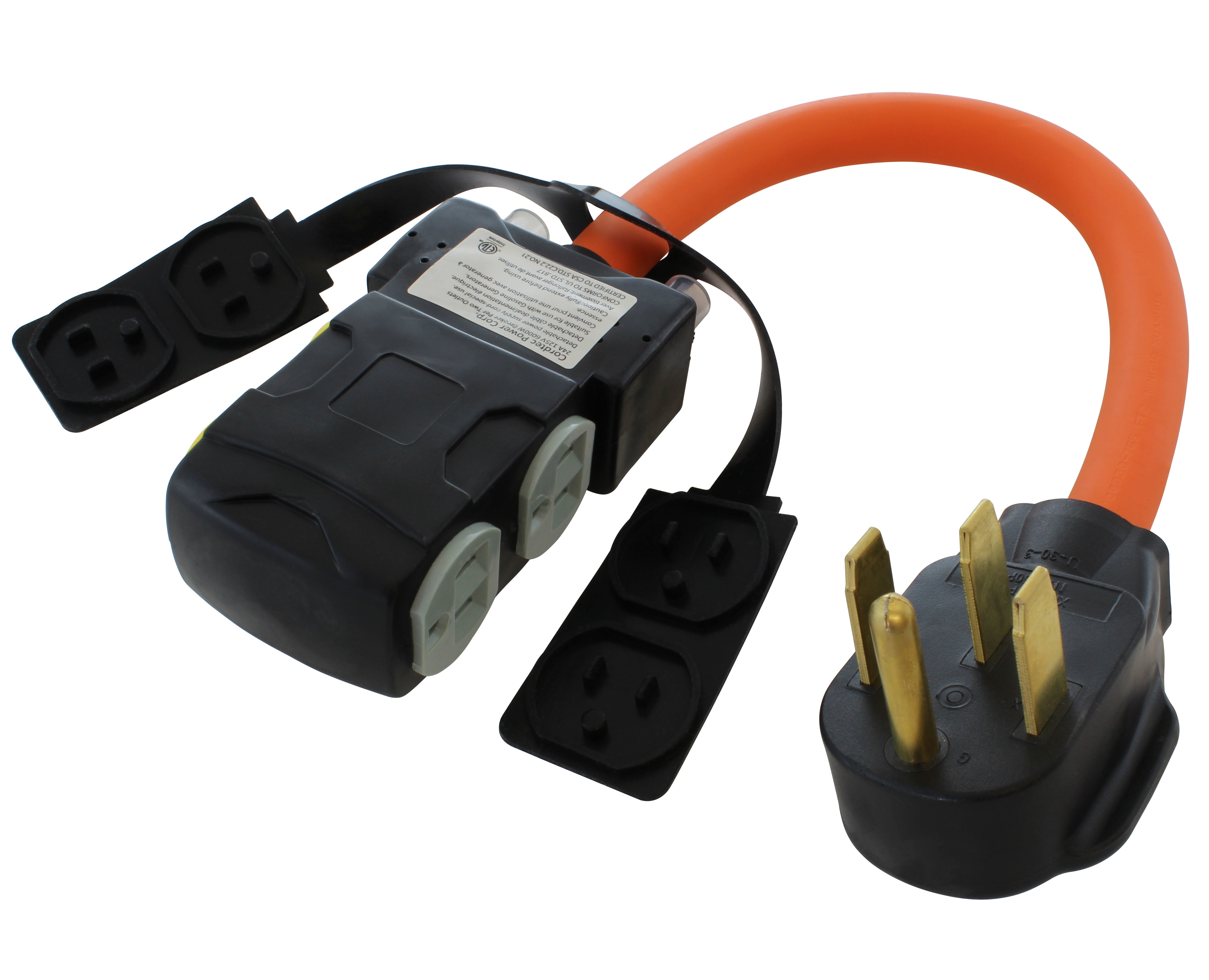
![AC WORKS® [ASINSS2PBX-G] 50A Locking 4-Wire CS6375/ SS2-50 Heavy-Duty Transfer Switch Inlet Box](http://acworks.com/cdn/shop/files/ASINSS2PBX-0_0206b362-7c90-42a5-8754-0685c13dab7e.jpg?v=1758051675&width=2500)

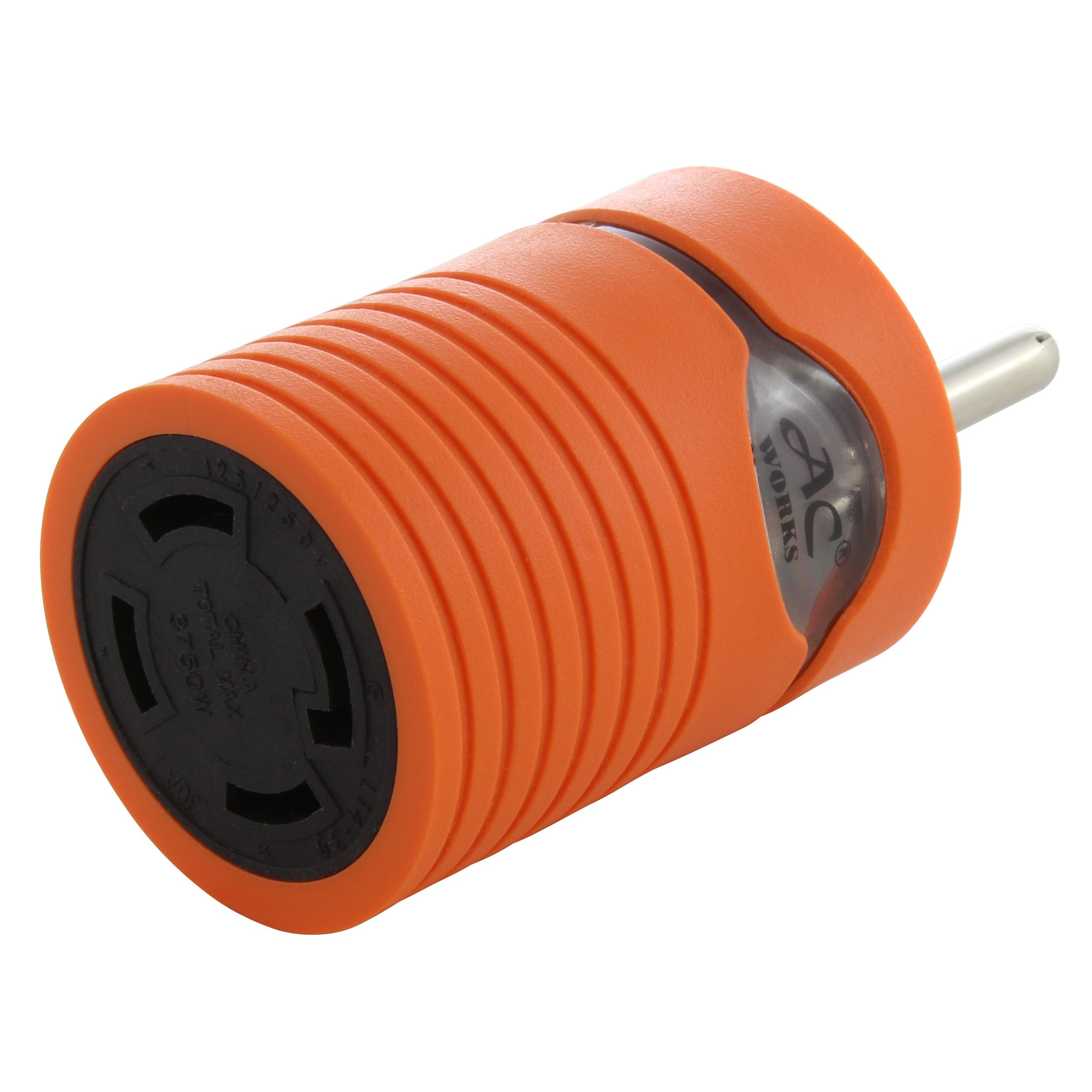
![AC WORKS® [S1430CBF520] 1.5FT 14-30P 4-Prong Dryer Plug to (4) Household Outlets with 24A Breaker](http://acworks.com/cdn/shop/products/S1430CBF520.jpg?v=1666103519&width=4656)
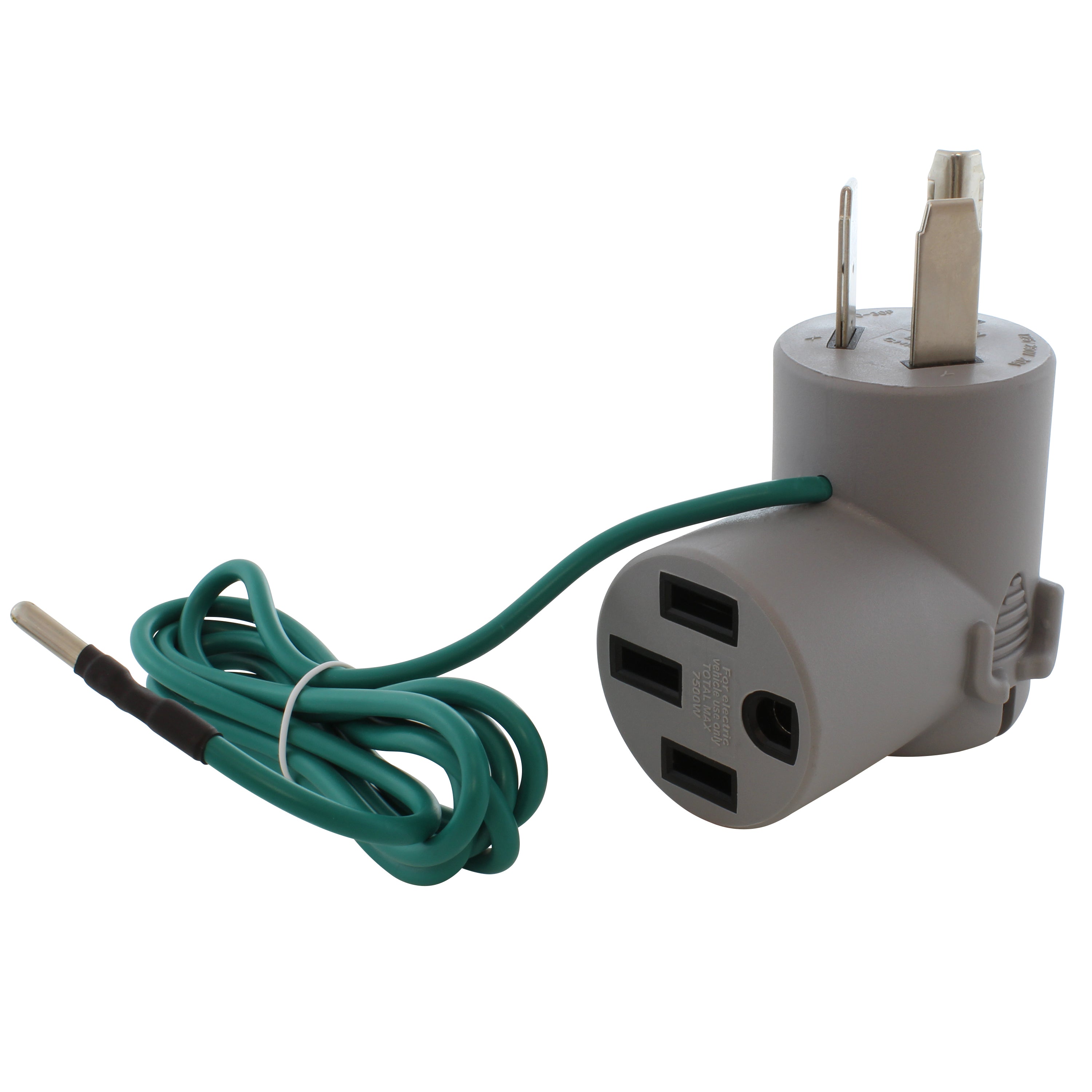
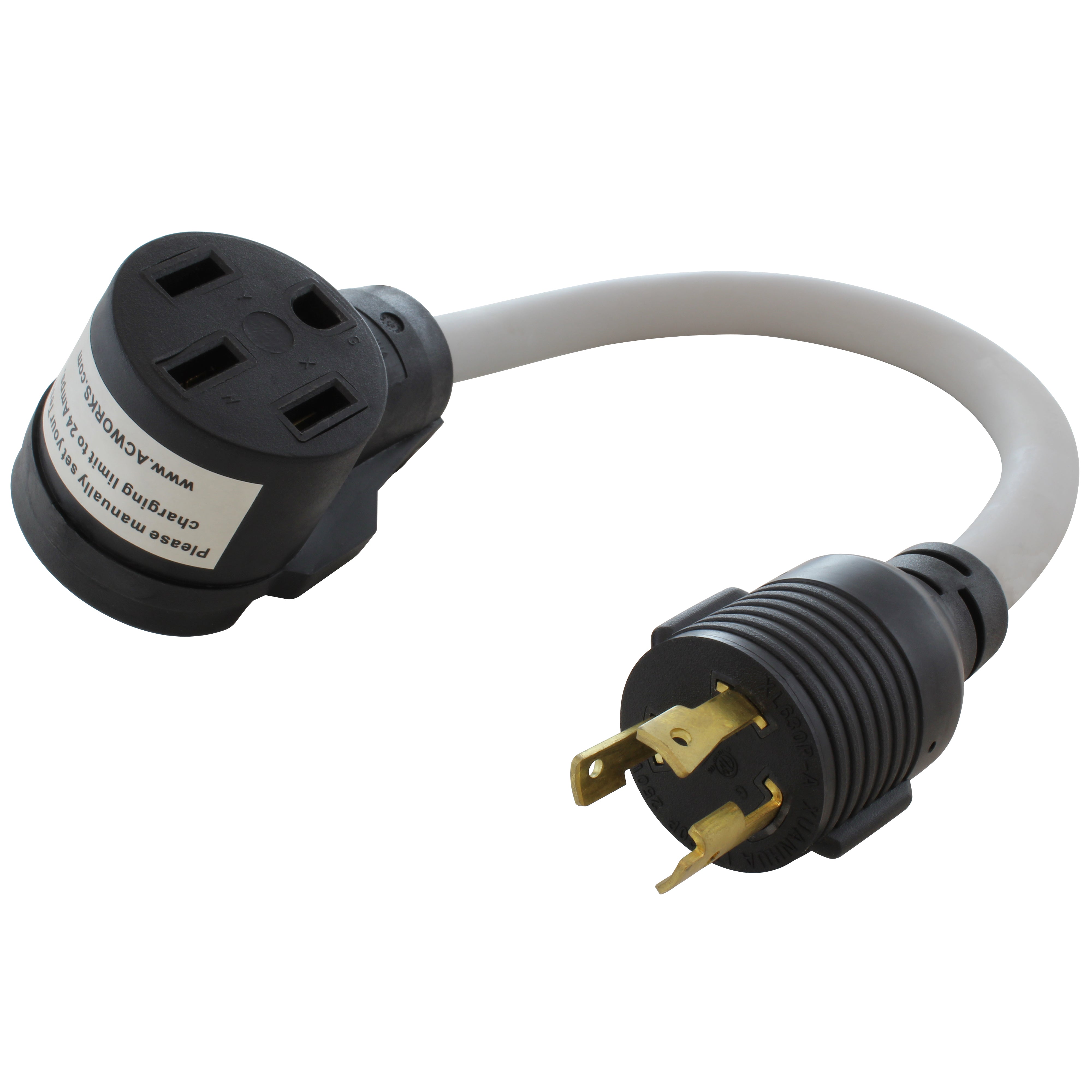
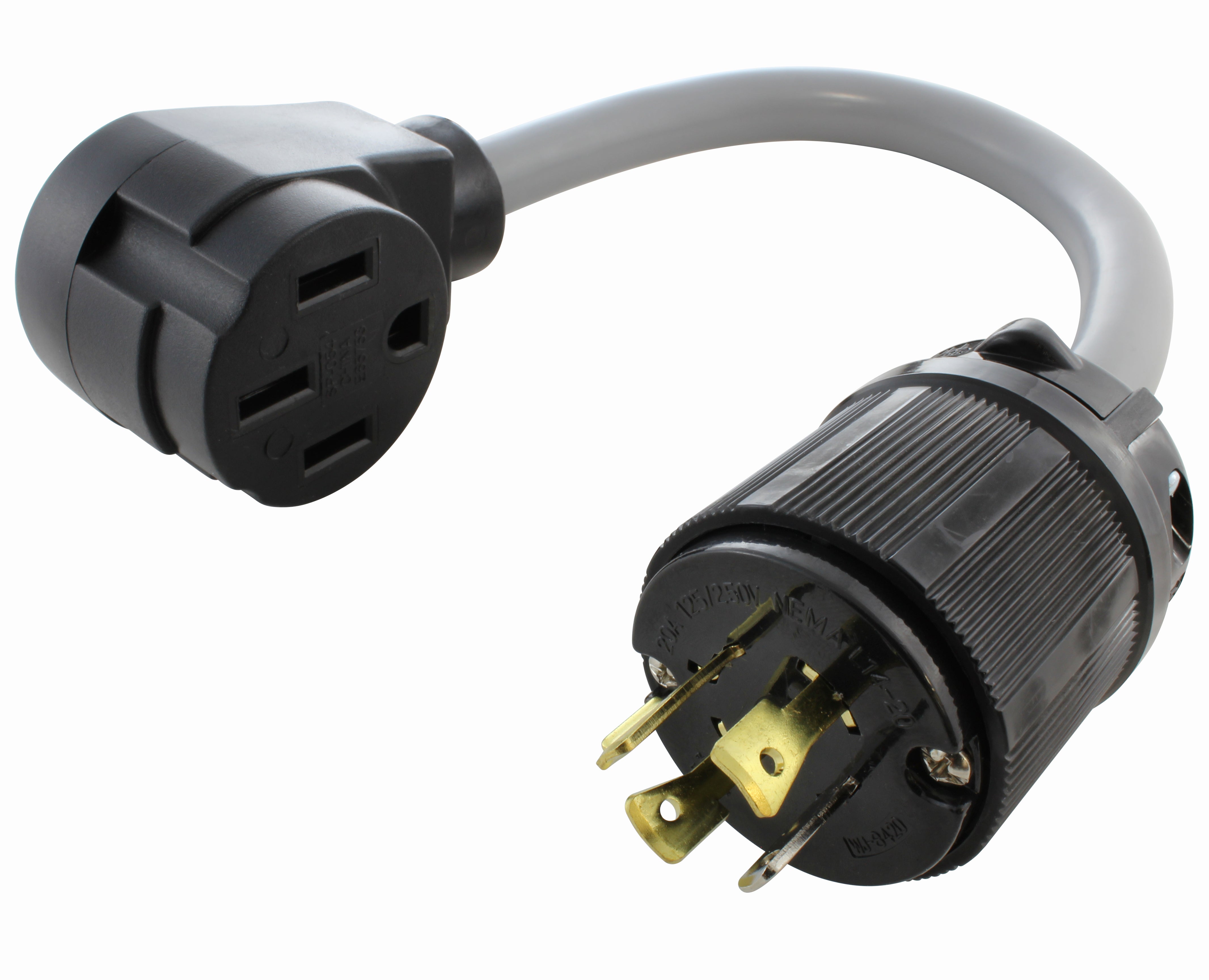

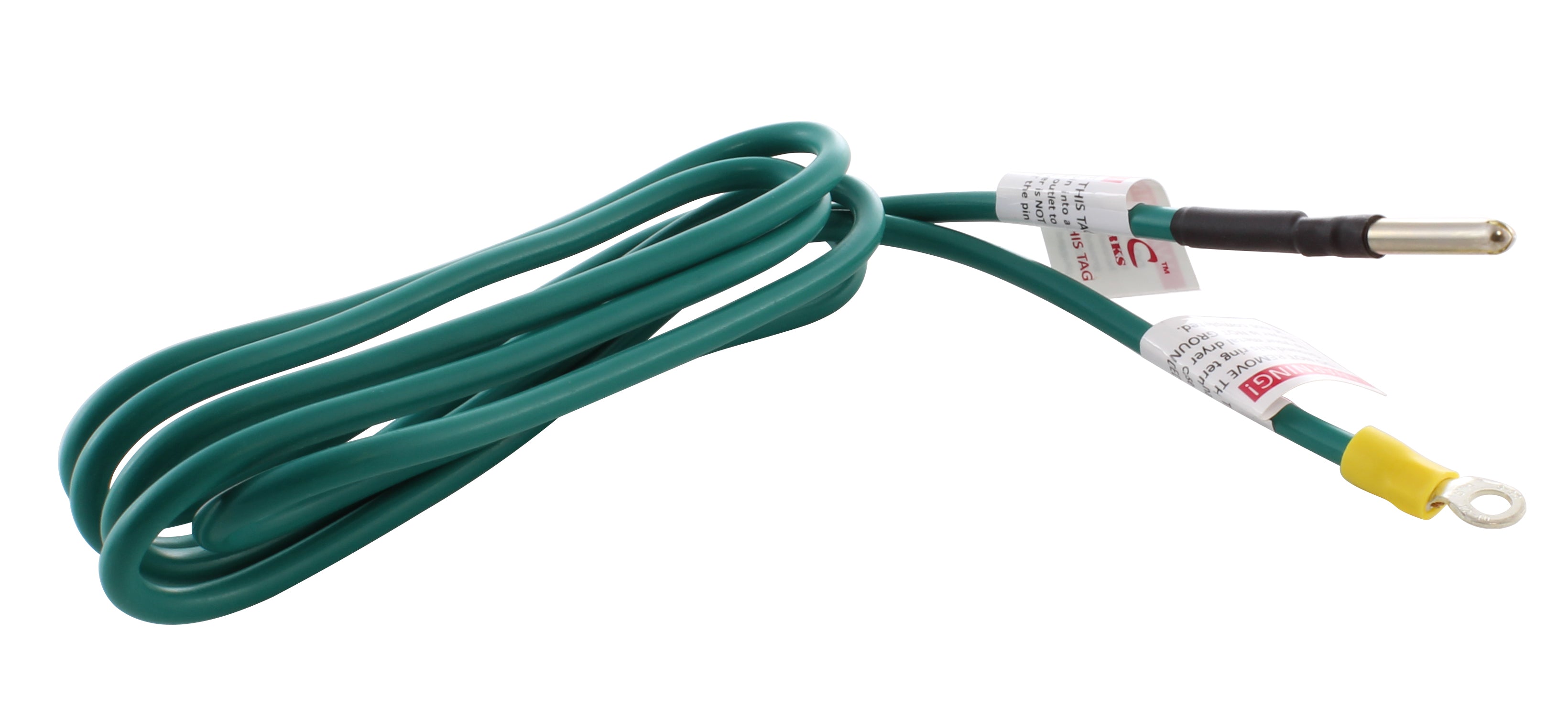

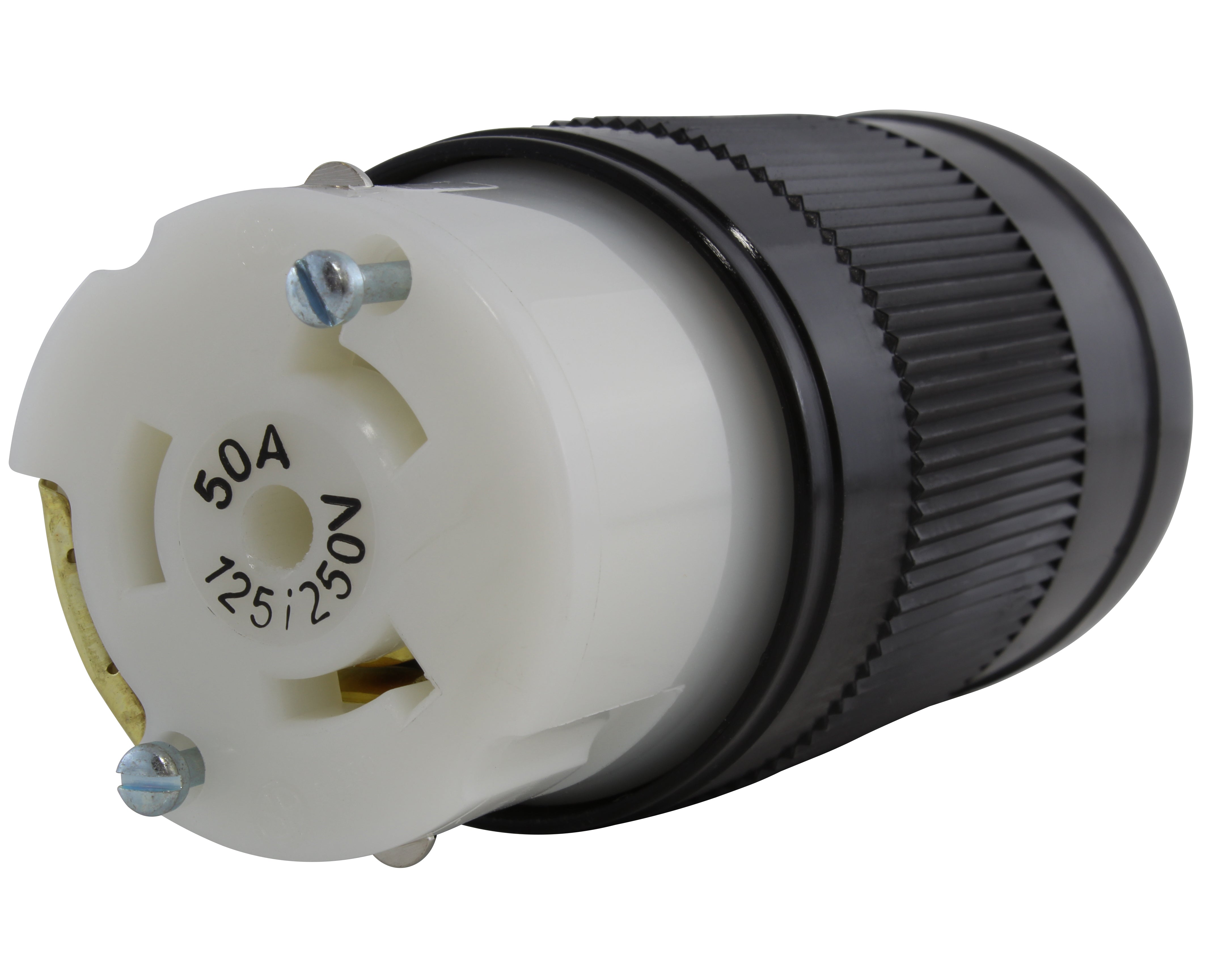


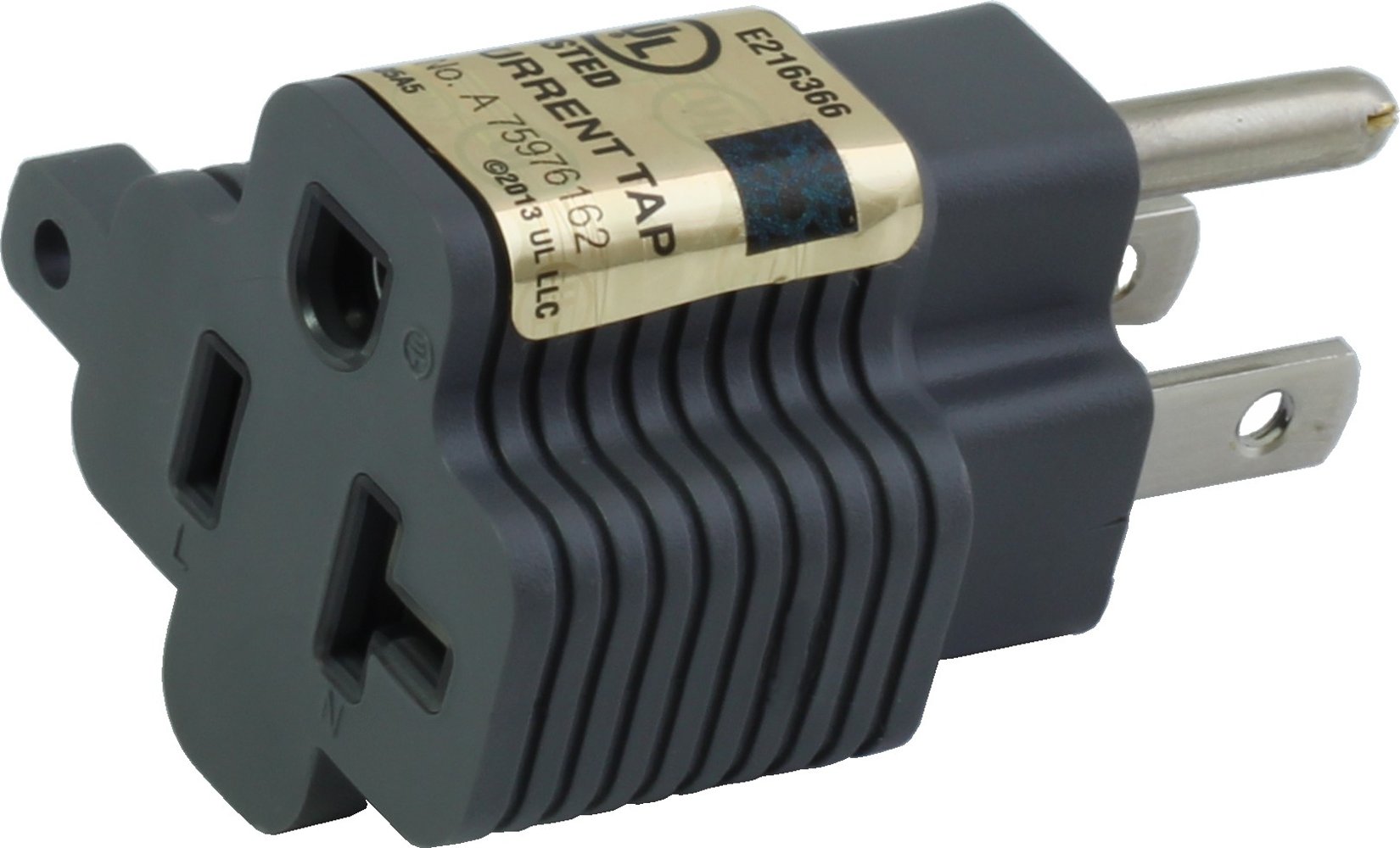
![AC WORKS® [ADV104] 3-Prong Heavy-Duty V-DUO Household Outlet Adapter](http://acworks.com/cdn/shop/products/ADV104-0.jpg?v=1605738768&width=3128)
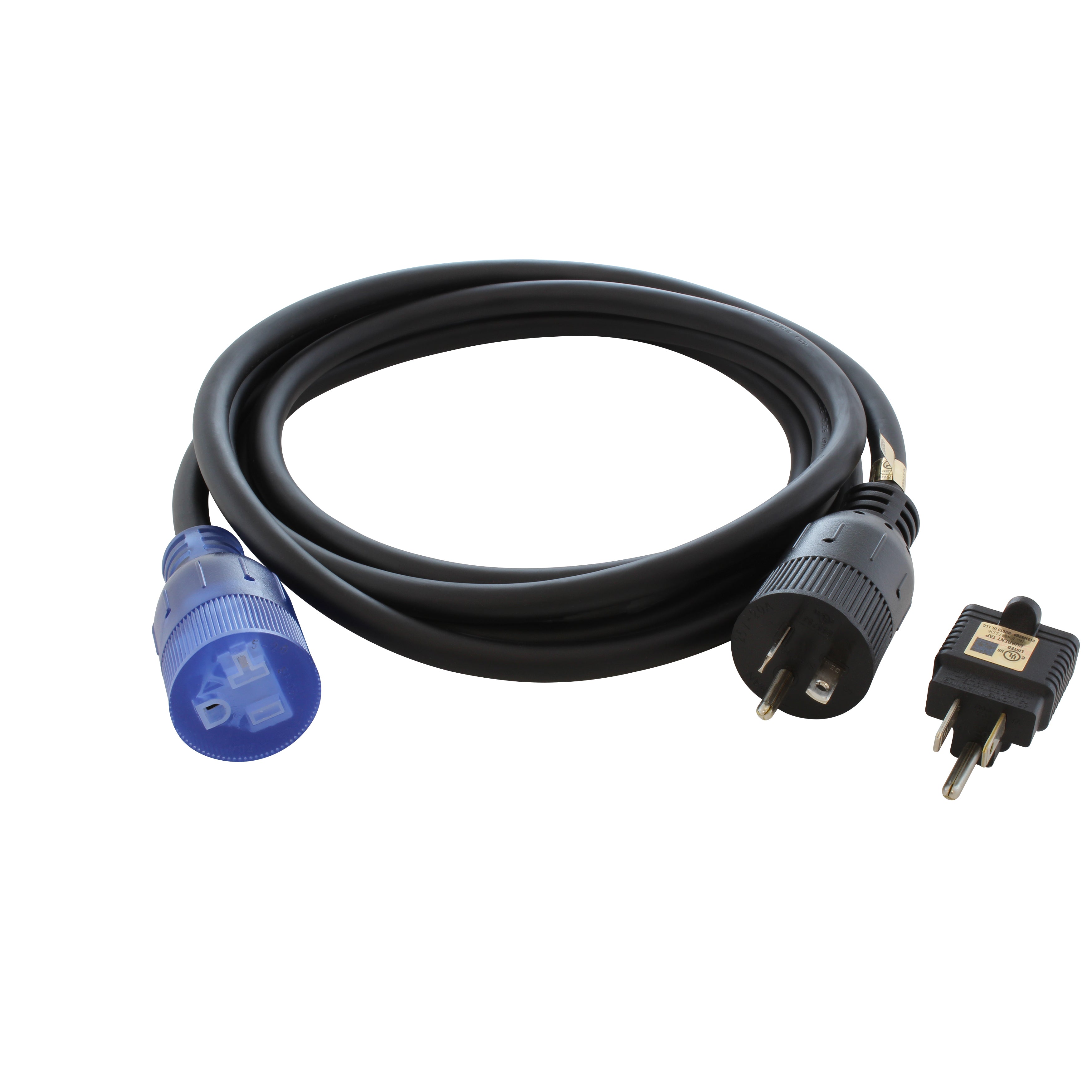
![AC WORKS® [XH515520] 15A to 15/20A 125 Volt Plug Adapter with ETL Safety Approval](http://acworks.com/cdn/shop/files/XH515520-0_daea425a-f439-48df-bb75-052167057f12.jpg?v=1729091519&width=2500)
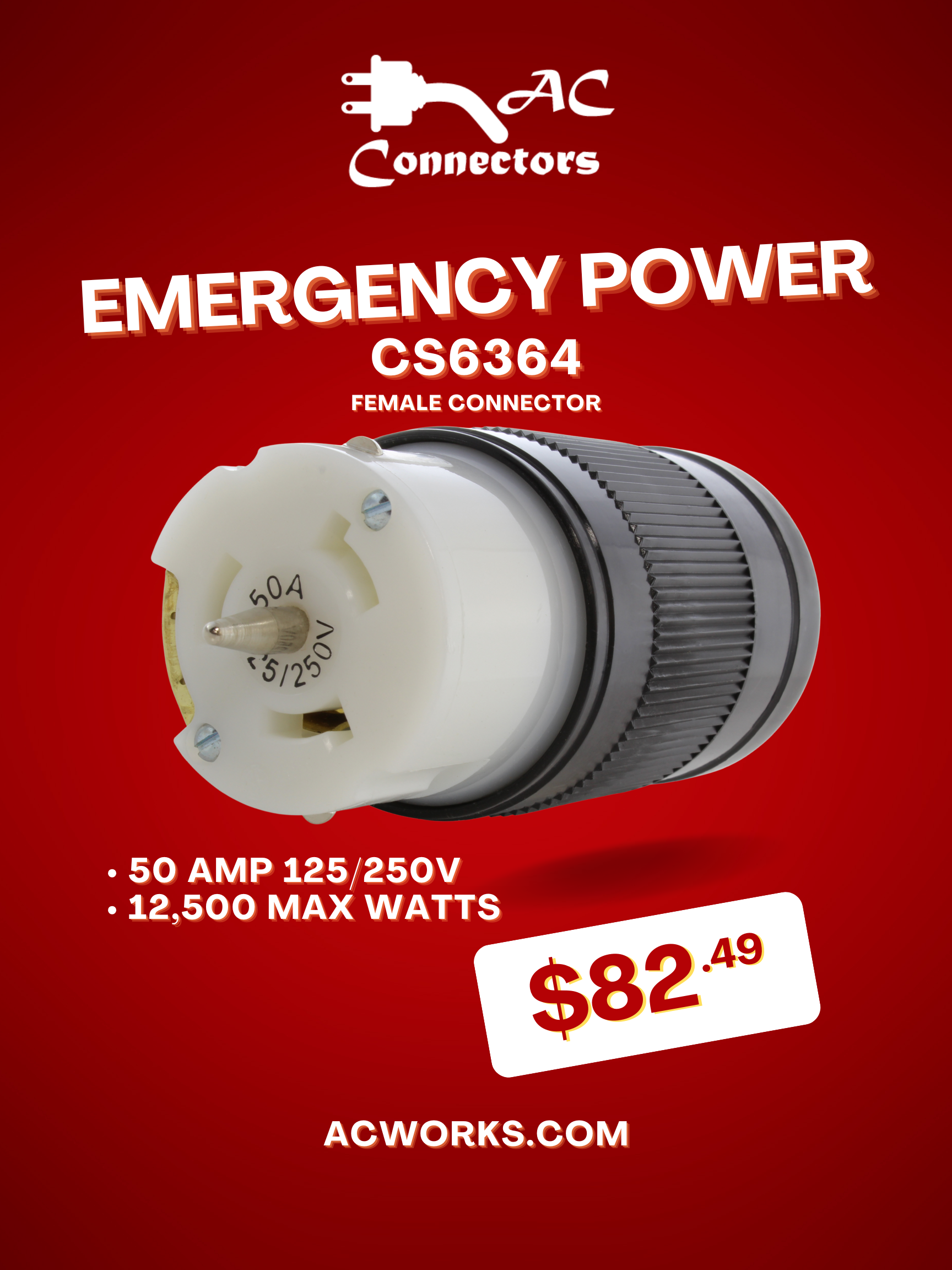


Share:
Power Distribution Units PDU
Power Distribution for Generators
8 comments
Hello Brett. Are you replacing both the microwave and the oven? That is pretty odd that the microwave would have a 4-prong dryer plug. Most microwaves just have the regular household plug on them. And electric cooking ranges usually have a 50A breaker on them. I recommend having an electrician verify that everything matches up correctly and is up to code.
Good Morning. We are replacing an over the oven microwave in a house we recently purchased. When cleaning out the cabinet to begin the removal of the old unit I discovered it used a four prong dryer plug. My new unit has a regular 3 prong plug. The current oven and microwave are on a 40 amp circuit breaker
Hello Aimei. Yes, that should work out fine. Just be sure to not use more than what that circuit breaker is rated for.
I am converting a basement area into a kitchen. I am trying to figure out how to power a Toaster oven and a two burner stove top. The area has a dryer with a dedicated circuit. I was considering your cords for this purpose. Will it work to unplug the dryer and use your adapter when cooking?
Hello Brett. You can use 1050Y520-036 or 1050YCB520 to go from your 10-50 outlet to a regular household connection.